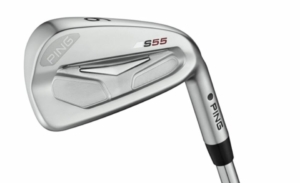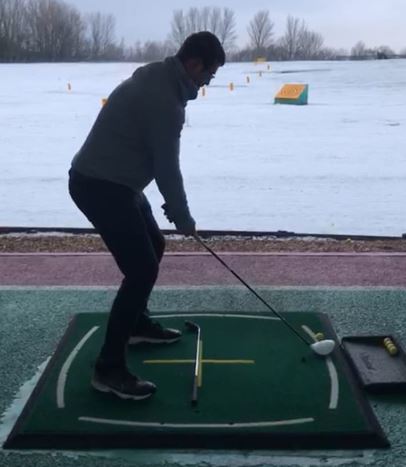Are Ping S55 Irons Still Good? Are They Forgiving for High Handicappers?
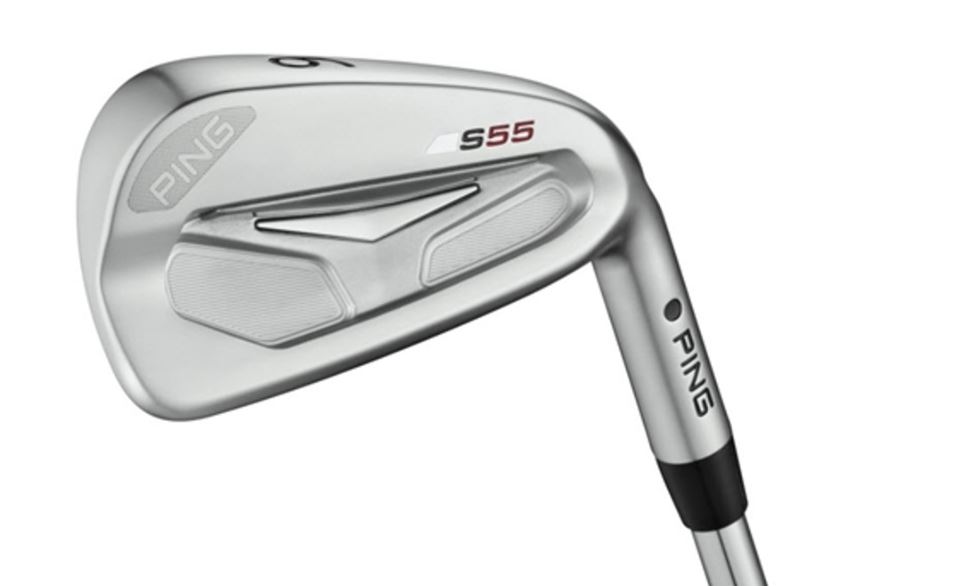
“The Ping S55 irons made their debut in 2013 and immediately turned heads when Bubba Watson made the switch to game them in the FedEx Cup playoffs.”
The Ping S55 irons are a decade old so I thought now was a good time to revisit them and take them out for a round of testing.
The Ping S55 irons are still fairly famous irons and in high demand on the used golf club circuit.
But as my tee-time approached to test these irons, I found myself wondering, ‘why is the S series discontinued altogether?’
If the Ping S55 irons met with such public, high-profile success, why on earth would Ping replace them? This happens a lot in gold and companies may just feel that they need a rebrand of popular models.
But could it be that at some point the Ping S55 irons simply ran their course and were succeeded by better irons? Find out in the following review.
Are Ping S55 Irons Still Good?
“The Ping S55’s are cavity blade irons. They have a compact look at address and a thin top line.”
I had forgotten how good these irons looked. And not just through the eyes of a single-digit handicapper.
The cavity blades give the appearance of a player’s performance iron but with the warm familiarity of cavity backs. The cavity isn’t massive and all the lines blend together very nicely.
The Ping S55 irons are also forged so they give a very soft feel throughout the set. I liked the fact that the feedback stayed consistent throughout the set.
Usually, you get a different feel from long and short irons, even in some forged blades. But the Ping S55 irons’ feel remains soft and clear throughout the set.
The Ping S55 irons feature a “Y” shaped bracing muscle in the cavity and a tuning port that is almost completely sunk into the cavity undercut.
This combination makes for incredible stability on mis-hits and makes it easier to launch the ball high when you need to.
Lastly, the Ping S55 irons feature precision weight placement to enhance forgiveness on off-center strikes without having to make the blade too long or the head too chunky.
The workability is definitely present in these irons.
The compact shaping along with the forged feel make it easy to impart spin on the ball when you have to and shape your shot at will.
And the long irons are surprisingly forgiving. They allowed for my mid height, baby draw even when I missed face-center.
The Ping S55 irons are about as good as forged cavity blades get so they are definitely still worthwhile.
Are the Ping S55 Irons Forgiving for High Handicappers?
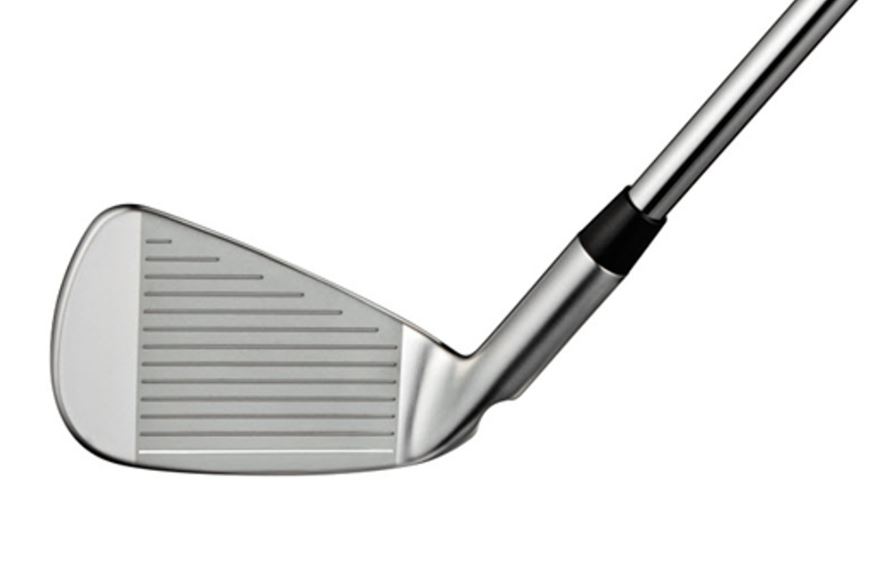
“I wouldn’t recommend these irons for high handicappers.”
If you’re a 15 handicap or under, sure. But if your swing path still needs work, you probably won’t get along with the Ping S55 irons.
While the cavity back design and precision weight placement do make for moderate forgiveness, these are still pretty compact blades.
Besides, the Ping S55 irons weren’t designed for high handicappers in the first place.
Instead, I really like the Ping S55 irons for 10 and under handicaps.
This is the category of players that will be able to take full advantage of the workability, feel and versatile performance of these irons.
Ping S55 Vs Ping S56 Irons
“Even though the Ping S56 irons are also forged, I got a harder feel from them.”
It seems that with the Ping S55’s, Ping really refined their forging process. The Ping S55’s just feel softer and more luxuriant than the Ping S56 irons.
The S56’s also lack the “Y” shaped bracing arm and I felt they were less stable on mis-hits. You really have to bring your A-game with the S56’s which isn’t necessarily a bad thing.
But in my opinion, the Ping S55 irons are superior because they offer better forgiveness and feel in a package that is about the same size as the S56’s.
Ping S55 First Impressions
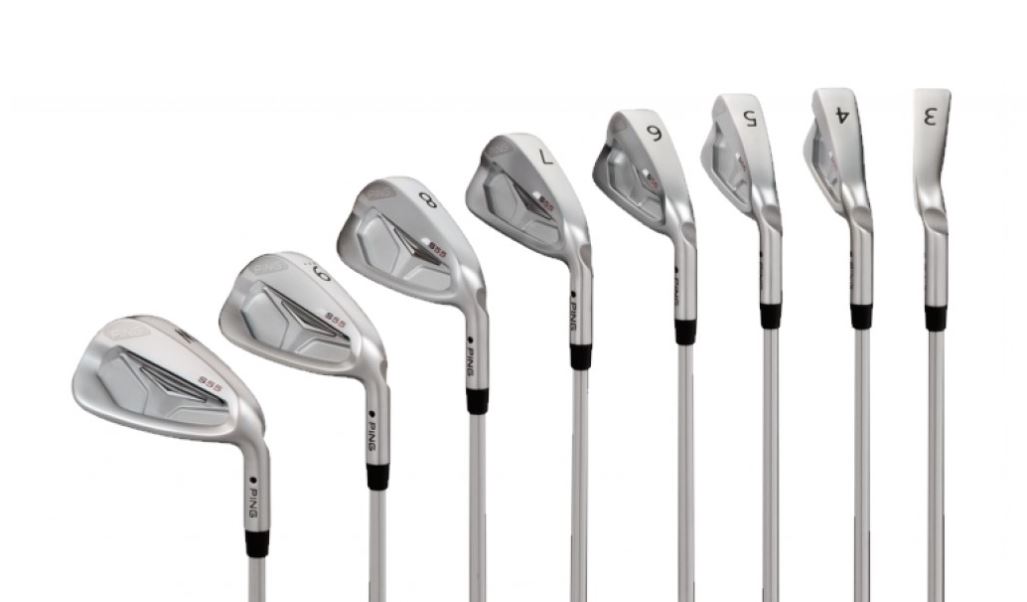
“I really liked the neutral look of the Ping S55 irons right away.”
They don’t scream “game improvement” and they don’t cry “player’s performance.” They have a look all their own.
And while unique irons tend to have a weird look, the Ping S55’s are pleasing to the eye when they’re in the bag and behind the ball.
Ping S55 Selling Points
- Rear bracing arms
- Precision weight placement
- Cavity back design
- Forged construction
- Sunken tuning port
Ping S55 Key Technology
Precision Weight Placement
Weights low and in the perimeter of the head add forgiveness without adding to the size of these irons.
Sunken Tuning Port
The sunken tuning port pulls the CG down in the long irons. When combined with the moderate-lofted long irons, the tuning port produces a mid trajectory – very controlled but workable.
Rear Bracing Arms
A Y-shaped bracing muscle in the back of the head helps maintain ball speed and reduce spin on mis-hits.
Ping S55 Loft & Lie
| Club | Loft (degrees) | Lie (degrees) |
| 3-iron | 21 | 59.25 |
| 4-iron | 24 | 60 |
| 5-iron | 27 | 60.75 |
| 6-iron | 30 | 61.5 |
| 7-iron | 33 | 62.25 |
| 8-iron | 37 | 63 |
| 9-iron | 41 | 63.75 |
Who Should Buy the Ping S55 Irons?
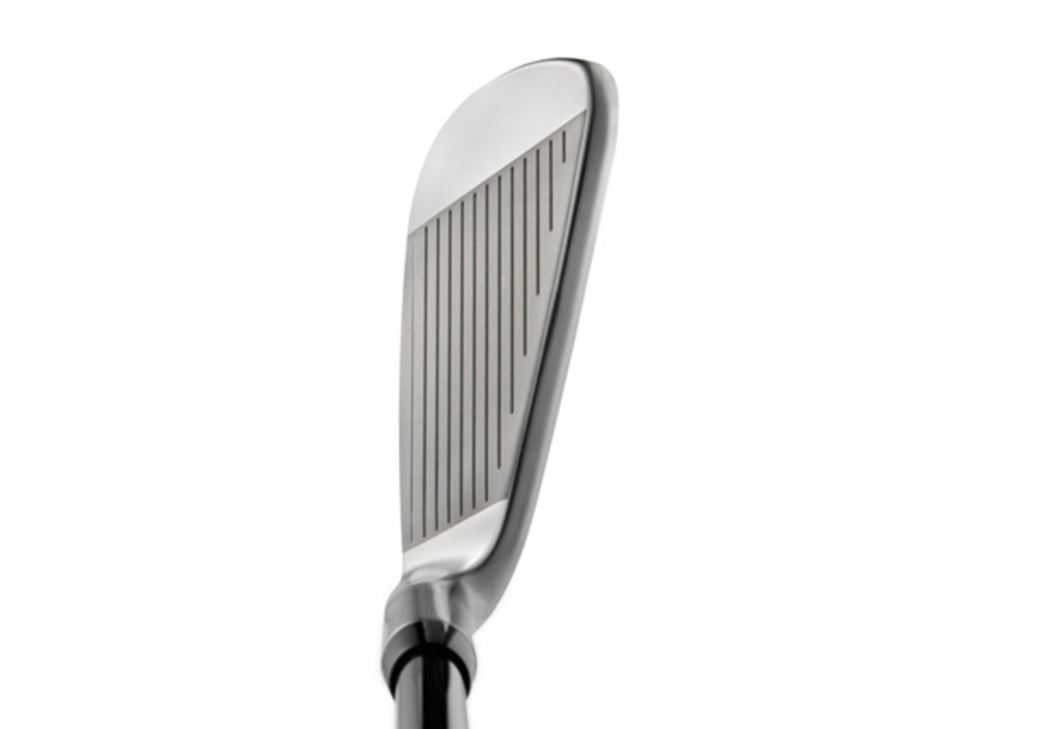
“The Ping S55 irons would be good for 12 handicappers and under.”
But again, I think they would be ideal for 10 and under handicaps. The Ping S55 irons don’t launch very high.
You can work the flight up a bit in the long irons but naturally, they want to produce a boring trajectory that is usually favored by mid and low handicappers.
High handicappers will struggle to maximize their carry distance with the mid flight of these irons and may even lose distance since it’s much harder to get a high flight out of them.
Low and single-digit handicappers will love the workability and the moderate forgiveness of the Ping S55 irons.
Distance: 97/100
Forgiveness: 96/100
Workability: 98/100
Overall Performance: 97/100
Value: 96/100
